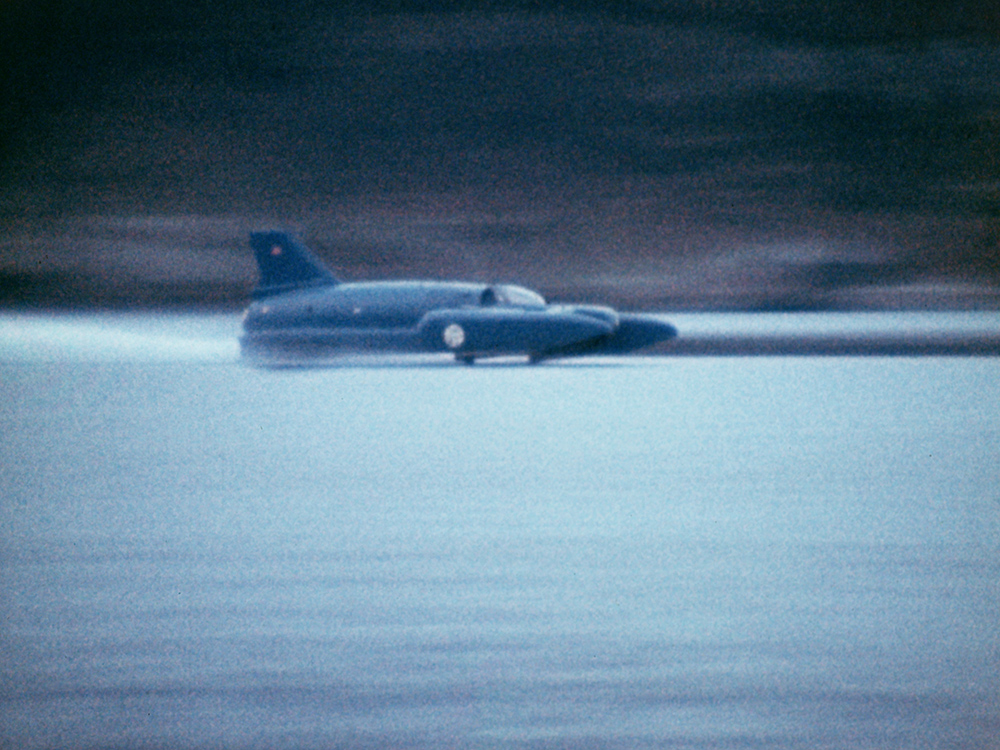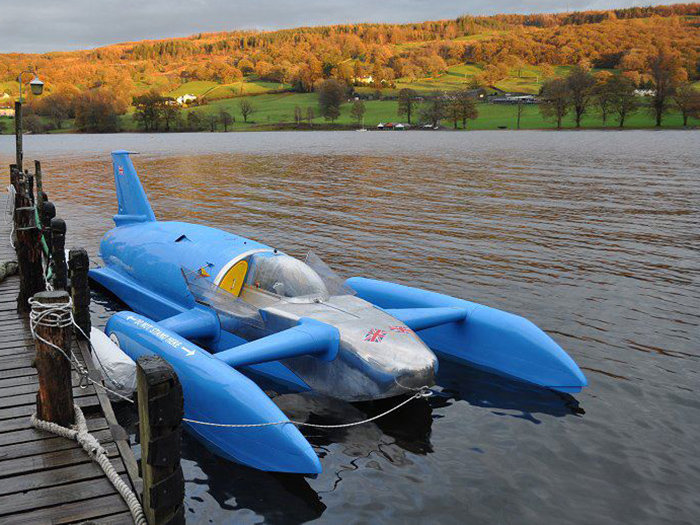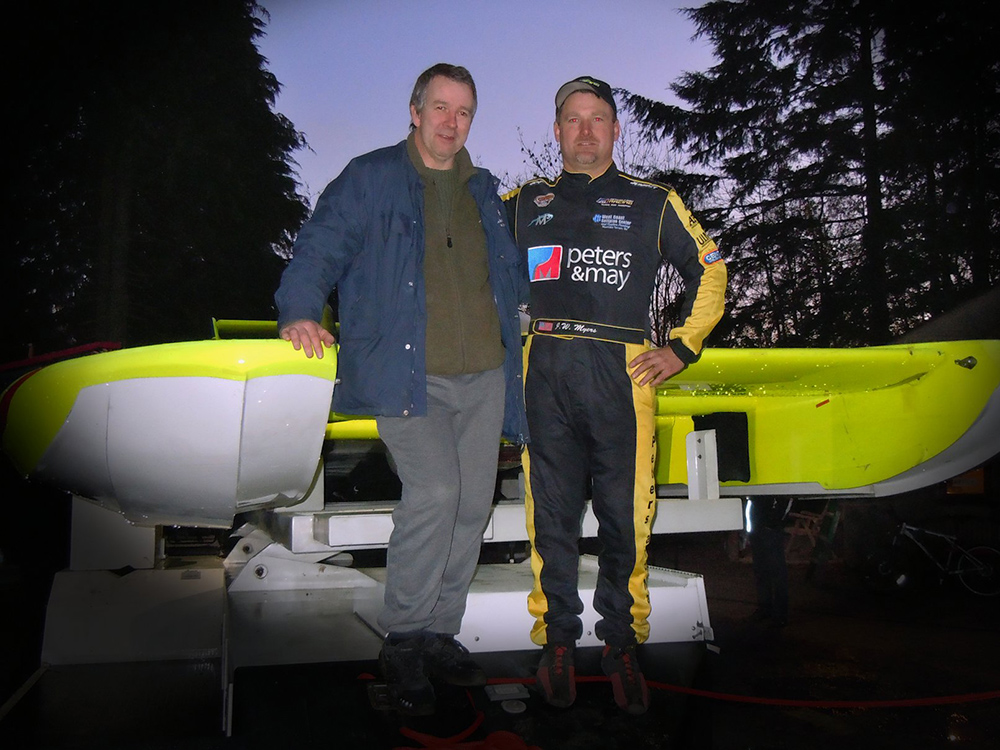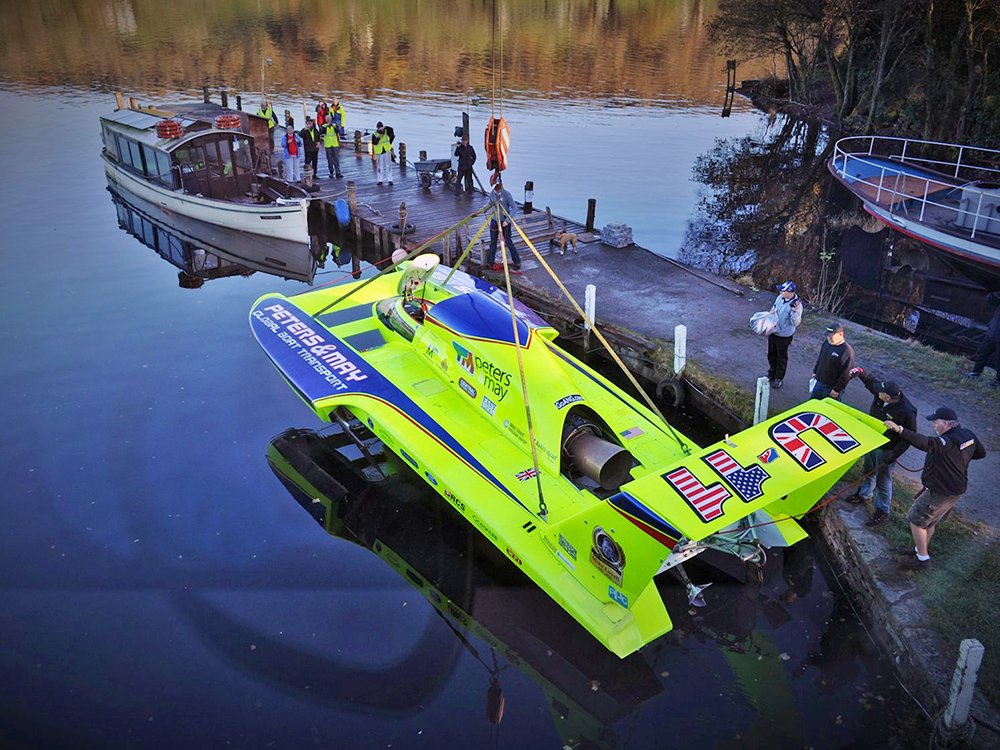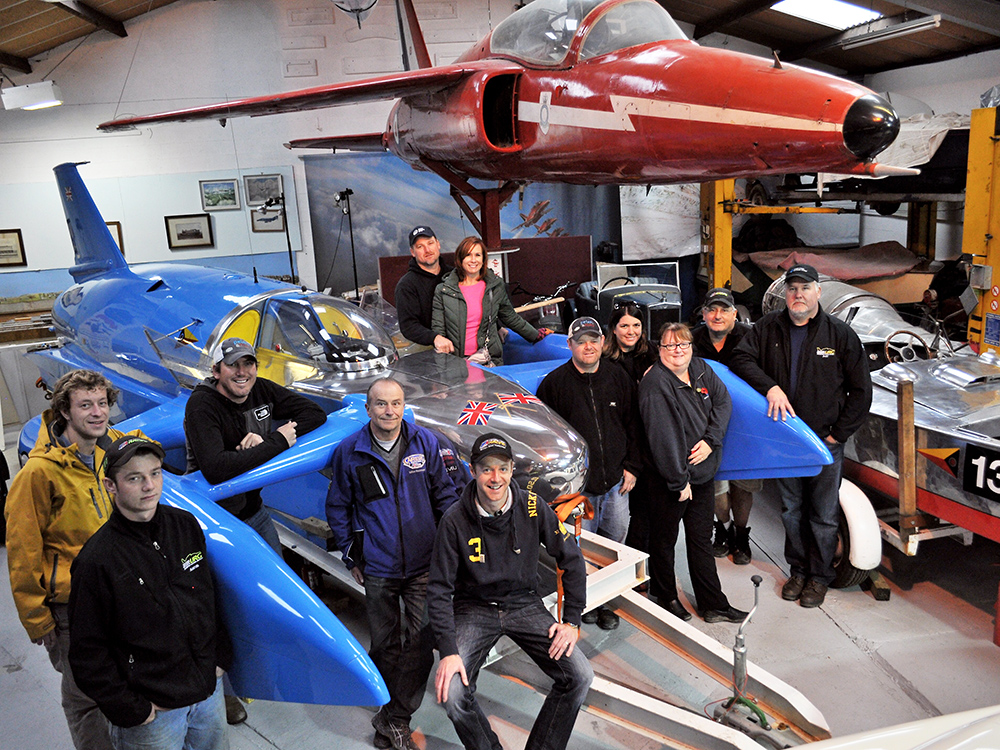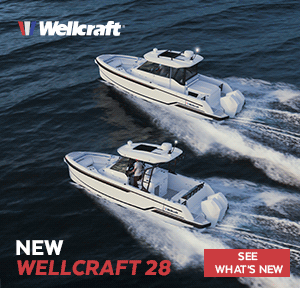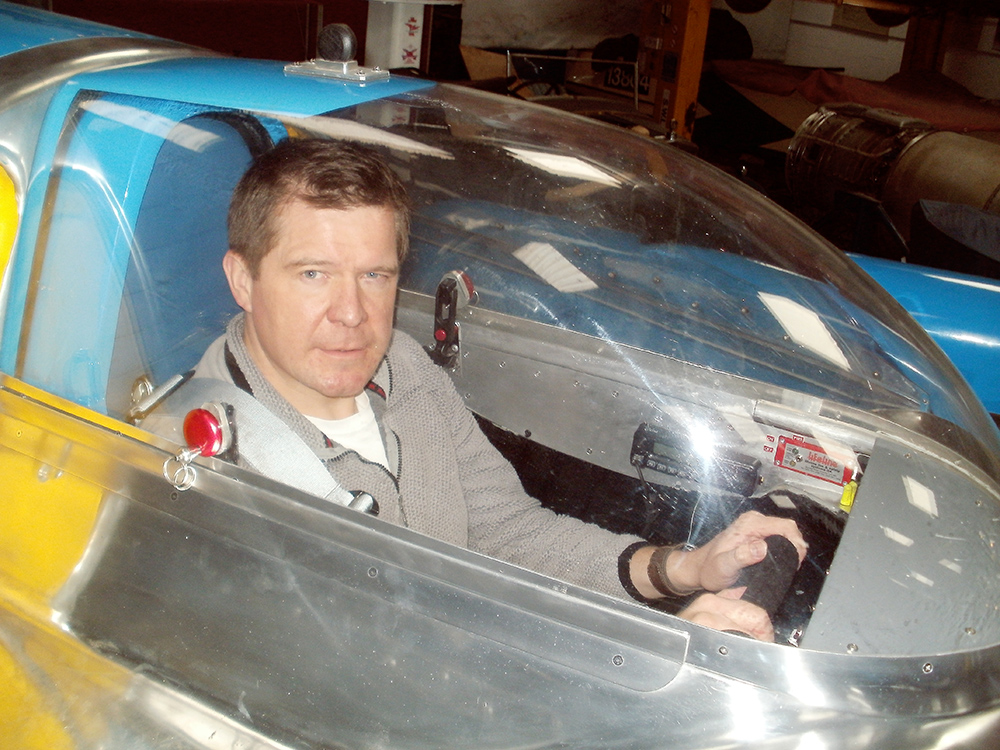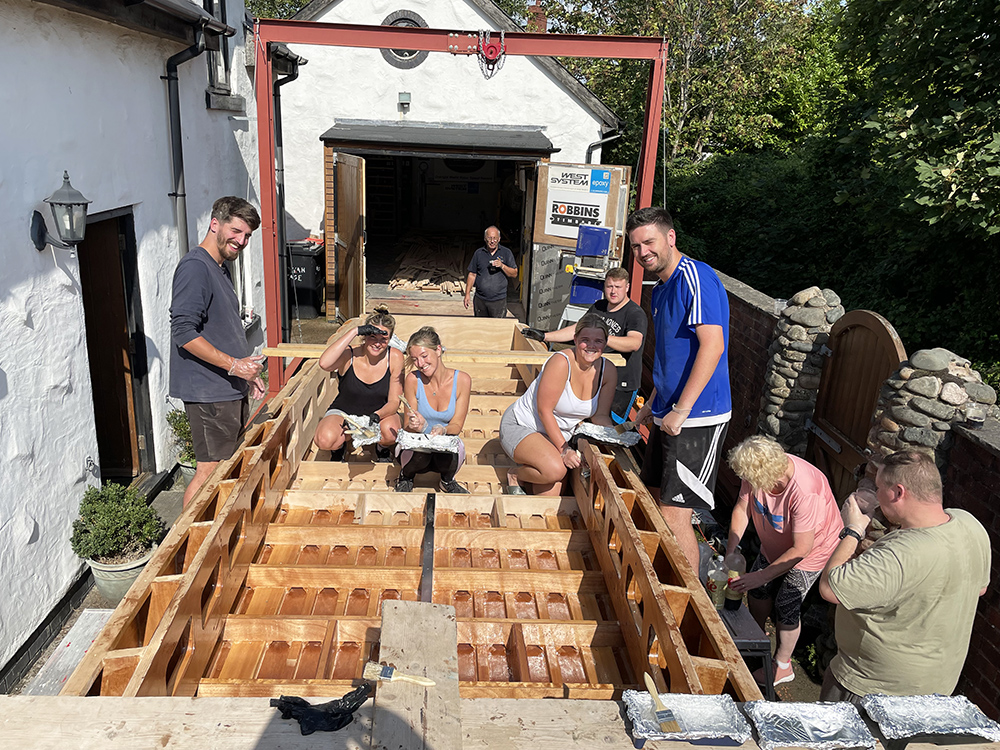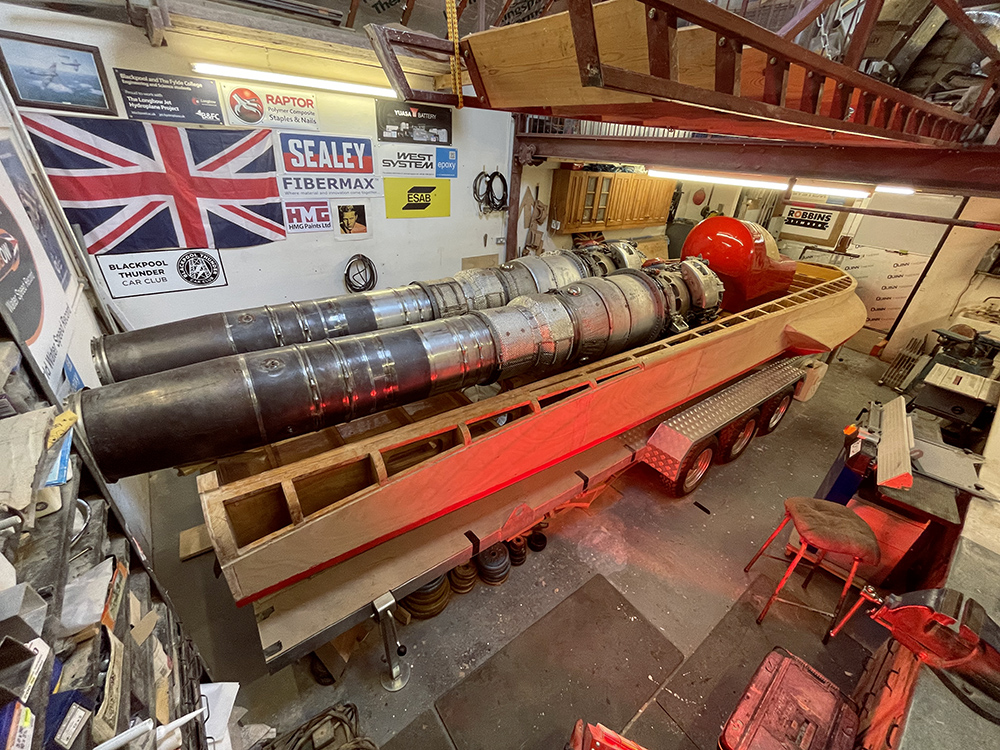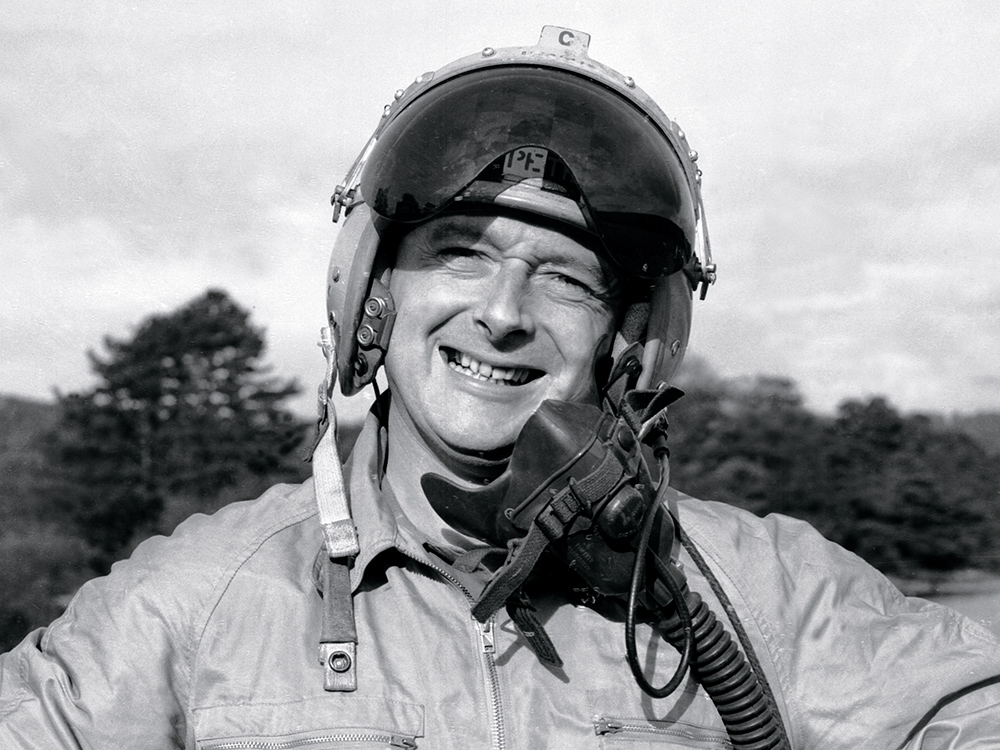The Legacy of the World Water Speed Record
The Outright/Unlimited World Water Speed Record relates to the fastest average speed in both directions, within the hour through an optionally measured kilometre or mile, and is generally considered to be the record for the fastest boat in the world. Historically, this record is homologated by the Union Internationale Motonautique (UIM) based in Monaco, with the trophy for it being owned and awarded since 1937 by the Royal Motor Yacht Club (RYMC), in association with the UIM.
Donald Campbell CBE in his all-metal jet hydroplane Bluebird K7 held both record and trophy several times, with holiday camp entrepreneur Billy Butlin MBE regularly awarding his friend Donald a considerable monetary prize for doing so. Campbell’s last successful record was 276.33mph, achieved in 1964.


